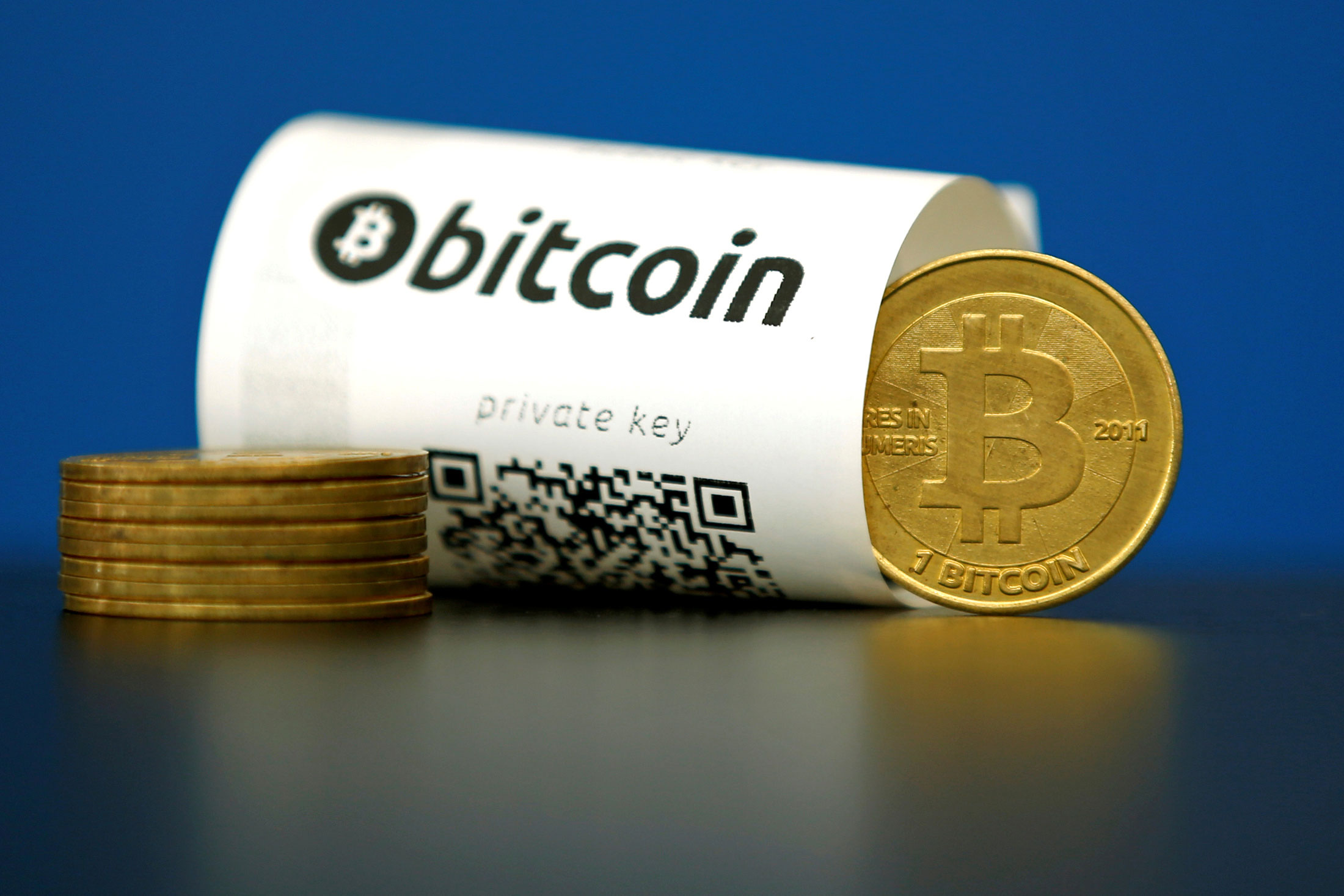What is Inbound Marketing?
Inbound marketing is a strategy that utilizes many forms of pull marketing — content marketing, blogs, events, SEO, social media and more — to create brand awareness and attract new business. In contrast to outbound marketing, where marketers attempt to find customers, inbound marketing earns the attention of customers and makes the company easy to be found.

Why is Inbound Marketing Hot Today?
We live in a word of information abundance and attention scarcity — and the pace of information creation is accelerating. According to IBM, we now create 2.5 quintillion bytes of data each day — so much that 90% of the data in the world today has been created in the last two years alone.
Buyers today are more empowered. The web provides them with instant information gratification. They can access detailed specs, pricing, and reviews about goods and services 24/7 with a few flicks of their thumbs. Meanwhile, social media encourages them to share and compare, while mobile devices add a wherever/whenever dimension to every aspect of the experience.
"Inbound Marketing is so powerful because you have the power to give the searcher/consumer exactly what answers they are looking for at the precise point that they need it. That builds trust, reputation, and authority in whatever niche you are practicing this form of marketing in.” Because of this, traditional marketing tactics based on “renting” attention that others have built — and interrupting the buyer in the process — are becoming less and less effective.

“Although it varies greatly with product complexity and market maturity, today’s buyers might be anywhere from two-thirds to 90% of the way through their journey before they will engage with a vendor’s sales rep.”
Time for Inbound Marketing!
To replace outdated “renting attention” marketing tactics, companies are deploying new methods geared at building awareness, developing relationships and generating leads. In short, inbound marketing attracts customers to you so you are not chasing them down. It helps prospects find your company in the early stages of their decision-making process, leading to a stronger influence on their future buying decisions.

Why You Need Inbound Marketing to Survive
Inbound marketing offers numerous benefits. When utilized effectively, it can:
- Shape a brand preference and influence future purchases.
- Generate social media shares and inbound links.
- Put customers in the driver’s seat.
- Help fuel search engine optimization efforts.
- Increase brand awareness.
- Enable customers to engage with your brand at their point of need, 24/7.
- Generate qualified leads for less money (when compared with traditional marketing).
Unlike traditional marketing initiatives, inbound efforts build upon themselves over time. For example, a strong piece of content offers many immediate and long-term benefits. It brings attention to your company when launched and will continue to resource your clients as long as it stays on your site. As the content gains more exposure, it can then become an ongoing source of inbound traffic via search engine optimization (SEO), social shares and word of mouth.
“The key is to create a strategic content strategy tailored around your personas and the stage of the buying cycle they are in. By doing this, you are providing valuable content geared directly towards that specific visitor. This helps move them down the buying cycle, answer their objections and build trust. All of these factors result in short sales time, more qualified leads and an easier sale for your sales team.”
Types of Inbound Marketing:
What Makes For a Successful Campaign
There is no single inbound marketing tactic that works well on its own. Here’s what Bill Faeth shared with us about healthy inbound marketing ecosystems. “Inbound marketing can’t be segmented into separate categories, with each section holding independent power. While we rely on SEO to draw in visitors from organic search, that SEO doesn’t work if there’s no content. Without social media, blogs don’t reach new, interested people. And SEO, content and social media are all completely useless without a lead generation process in place.” Most successful inbound marketing campaigns incorporate all or parts of the following elements:
SEO
Search engine optimization is an integral part of effective inbound marketing. Using effective keyword analysis, well-structured site design and other SEO “best practices” to launch your company to the top of search results will ensure that your content is being seen by the right audience and bring in the right leads.
Blogging
By far the most common form of inbound marketing, blogging can play a powerful role in driving traffic and nurturing leads. Additional resource: The Social Marketers Blogging Cheat Sheet.
Social Media
With 67% of online adults using social media to share information, you can’t afford to neglect widely popular online communities such as Facebook, Twitter, and Pinterest.
Live Events and Webinars
Take inbound marketing to the next level with online webinars and live events. And there’s much more: Videos, whitepapers, eBooks, e-newsletters, public speaking… Any opportunity to share valuable content is an opportunity to practice inbound marketing.
How to Initiate Your Inbound Marketing
When it comes to inbound marketing, the more you invest, the greater your return. Creating killer content is more about brains and commitment rather than budget. Don’t throw money at it — put your head and heart into it!
Here’s how to get started:
- Identify your target audience and learn all you can about them. You can’t write content to inform your customers until you know what makes your audience tick.
- Determine your unique, compelling story. Why should your audience listen to you?
- Choose your delivery platforms. Will you blog? Tweet? Use Facebook? Pinterest?
- Create and execute your content calendar.
It is important to create a schedule that will consistently turn out fresh and relevant content to continue to engage your audience. Keep in mind that your theme should be focused on customer issues, not on your business. “Rather than focusing on ‘enough’ content, marketers should be focused on publishing quality content. Content that educates their audience and builds brands and authority. The right content will be shared, increasing your reach, increasing awareness, increasing trust and increasing leads. The wrong content will lose followers and damage your reputation.”
And don’t forget to set aside time for analysis on a weekly basis. This step will aid you in understanding how effective your inbound marketing efforts have been and how they can be improved.
Put Marketing Automation to Work
Inbound marketing cannot be relied on as the sole means of generating business. To achieve a more balanced approach, combine inbound efforts with outbound activities such as lead nurturing, lead scoring and other components of marketing automation.
Marketing automation empowers inbound marketers with tools and strategies to convert fans and followers to leads and customers. Automation accomplishes this by cultivating relationships with leads which are not yet ready to buy (most often via targeted email campaigns). Automation also enhances your inbound efforts by helping you separate legitimate leads from the not-so-legitimate ones. Furthermore, connecting marketing automation to your customer relationship management (CRM) system makes certain none of your leads get lost in the shuffle. Leveraging marketing automation with your inbound marketing campaign is like throwing fuel on your marketing fire.
Learn to Quantify Your Success
When measuring the success of your inbound marketing efforts, there are a plethora of metrics to choose from. Whether you decide to look at SEO rankings, inbound links or number of articles published, you’re sure to derive some insight into how your campaigns are performing. However, don’t get caught up in basing your decisions on marketing activities alone. For instance, having 5,000 followers on Twitter might sound impressive, but this number doesn’t offer too much insight in terms of real business results. Instead, you should be looking to financial metrics that show how marketing helps your company generate more profits and faster growth when stacked against your competitors.
One of these valuable metrics is organic traffic, which involves people finding your website by means other than typing in your URL or searching for your brand name. So, say you are a staffing company and a prospect types “local staffing solutions” into a Google search. If your company name pops up high in the results, then you’ve benefited from a successful organic search. Tracking how much of this traffic converts into leads will give you an idea of how you might need to adjust your marketing strategies. Taking it a step further, you should be tracking the trends (not just the hard numbers) so you can see how quickly your online presence is improving. Some marketing automation solutions have this type of useful functionality built right in.
Conclusion:
Make Inbound Marketing Work For You!
In our fast-paced society where the Internet and social networking shape our daily decisions, customers are exposed to more information than ever. This phenomenon is not only making them more educated but also is causing a change in buying behaviors. As a result, B2B and B2C marketing efforts must be adjusted to respond to this shift.
Today’s businesses are realizing that outbound efforts alone are not enough to produce profits. Instead, inbound marketing techniques need to be utilized in order to attract more leads and foster better brand preference. To be successful in inbound marketing, businesses need to introduce a disciplined approach to content creation, introduce marketing automation tools that can help them nurture and score leads, and optimize how these leads flow through the sales pipeline.
“I can’t say enough good things about Marketo’s Customer Engagement Engine. With our prior solution, we had the right content but we couldn’t attain the level of focused delivery that Marketo gives us. Now we can offer targeted content and speak to prospects directly.” — Shantel Shave, Director of Demand Generation, Hootsuite [Source]. “Marketo RTP Content Recommendation Engine auto-discovered our content, analyzed the content performance, and then utilized predictive analytics to recommend relevant content to inbound prospects.
Chuck Reynolds
Contributor
Alan Zibluk Markethive Founding Member


















